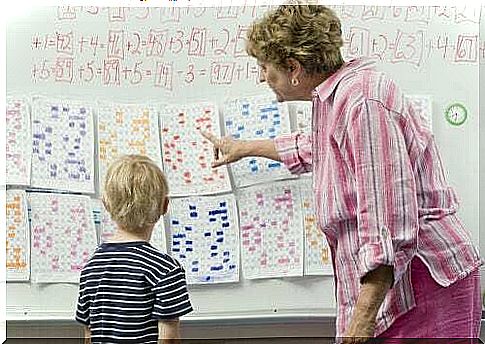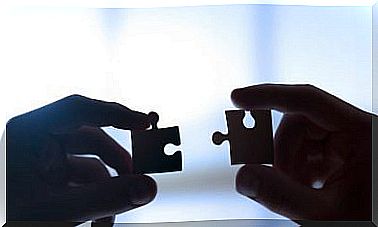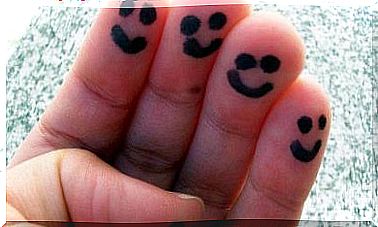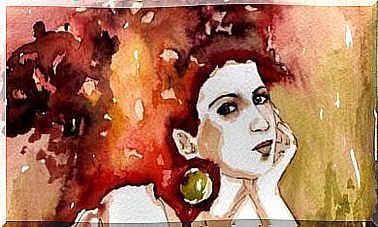The Token Economy To Change Behavior

Token economy is a widely used technique to change behavior. It aims to promote and strengthen behaviors that generally would not occur or that manifest themselves spontaneously.
There are many strategies aimed at changing specific habits or behaviors. Most are based on programs that focus on operant conditioning. These techniques involve careful observation of the behavior, followed by a reward or punishment associated with an aspect of the behavior.
General stages
Most behavior modification programs follow the same guidelines. In principle, these are:
- Determine the behavior you want to change.
- Formulate the goal as specifically as possible.
- Establish a baseline and a guess as to why the behavior occurs.
- Decide on a strategy to reinforce the desired behavior.
- Plan the treatment.
- Start the treatment.
- Observe the progress made.
- Make changes to your treatment if necessary.

The token economy
The token economy is a method that allows you to change a series of behaviors at the same time. Likewise, it allows you to control the entire situation that generates the behavior.
This technique, widely used with children, consists in rewarding specific behaviors with tokens. These tokens can later be exchanged for material goods or privileges. For example, a toy or a video game console.
What is it about?
The token economy can be divided into three phases: implantation, development and fading.
Plant
During this phase, the conducts to be promoted and strengthened are identified and specifically defined . Next, the rewards or privileges that can be obtained during the token exchange are selected.
Likewise, trading conditions must be established. For example, if the benefits can be obtained immediately or if you have to wait. But still, the maximum number of tokens that can be received at the same time.
In case of unwanted behavior, the previously obtained tokens must be withdrawn. As for the more practical level, taking into account the fact that the tokens work like a points system, you have to choose the objects (stickers, stars, cards …) that will be used as tokens.
Finally, it is a good idea to create a registration method for the exchange. For example, a board or set of boxes showing how many tokens have been won, lost, saved or used.
Development
The register must be placed in a visible or easily accessible place. It is important because in it we will mark all the movements of the tokens.
At the beginning of the surgery, it should be easier and more frequent to obtain the tokens, in order to motivate the child. In addition, it must be clear to the child why a token is being received or lost. For example, because he tidied up the room at the appointed time.
It is important that both registrations and exchanges do not greatly interfere with the situation. Likewise, one must carry out the exchanges without giving them too much emphasis. If this situation became an important event, the “ritual” itself would have priority over the behaviors to be changed.
Fading of the token economy
Once the objectives are achieved, the next step is to phase out the token economy system. For this purpose, several strategies can be used:
- Increase the delivery time of the tokens.
- Make the criteria to obtain them more difficult.
- Reduce the number of tokens that can be obtained.
- Increase the amount of tokens you need to earn to get a reward.
In this way, the rewards will appear less and less until they disappear, but the desired behavior will be the protagonist.

Applications of the token economy
The effects of the token economy are long-lasting, so they extend beyond the intervention itself. Thanks to it, positive results can be achieved in a wide variety of areas, not just with children.
It can be applied in hospitals or mental health centers in order to promote self-care behaviors and social skills, as well as reduce self-destructive behaviors.
In the case of children, it is a technique to be adopted at school and at home. It is less common, but it is also used in prisons or in couples therapy to improve internal conflicts.









